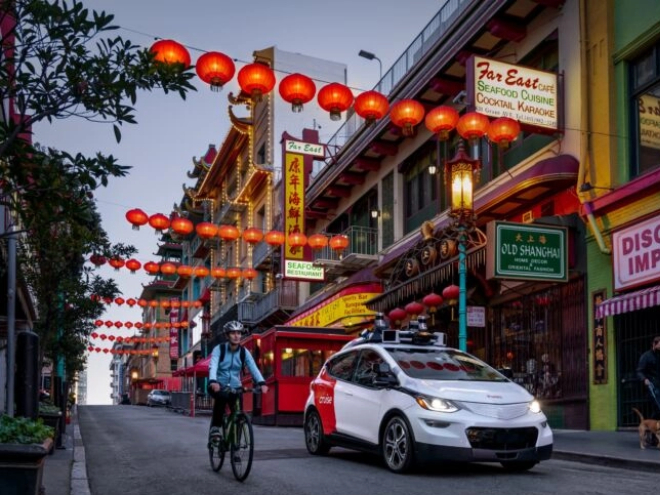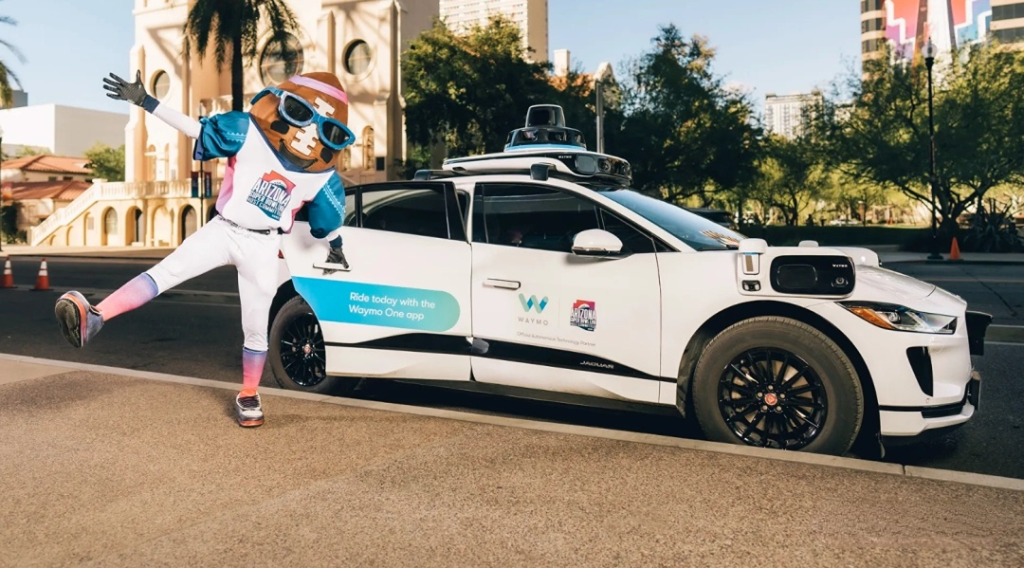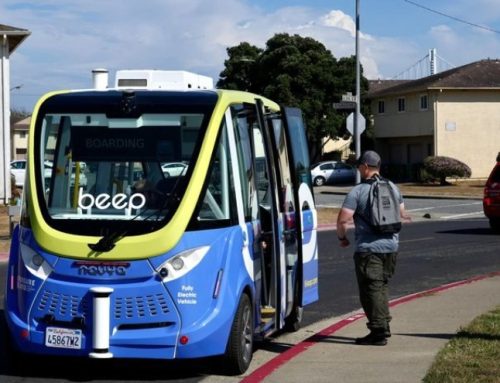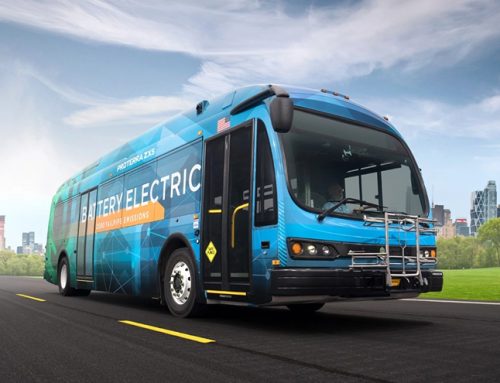Silicon Valley Lifts All RoboTaxi Restrictions Overnight

Open Robotaxi Unlimited Operations
Robotaxi’s Everest climb is likely to be in the last night before dawn.
Because California Silicon Valley just hit a key milestone: Open Robotaxi Unlimited Operations! 7X24 hours, unlimited area, no one, chargeable.
San Francisco’s unmanned vehicles are already on an equal footing with human-driven vehicles and are no longer subject to any special regulations.
The significance of this milestone is obvious: on the one hand, there is no limit to competing in the same field.
It has proved the accumulated achievements of autonomous driving technology in the past, and its safety and reliability are ready to be tested.
On the other hand, in the future, autonomous driving and Robotaxi are ushering in a major historical turning point, which will generate new commercial value.
And, after experiencing various twists and turns, the commercialization of autonomous driving was once lagging behind China’s Silicon Valley, and it regained the global center of unmanned vehicles overnight.
In the era of rapid technological iteration, autonomous driving and unmanned vehicles were once overshadowed by other new technologies, but no one can deny that this infrastructure technology has a fundamental impact on automobiles, travel, transportation, cities, and even the economy.

Silicon Valley Takes Back Self-Drive Center
This unrestricted decision on Robotaxi was short and powerful, and the Public Affairs Committee of the California Assembly, where Silicon Valley is located, made the final sentence: 24×7 Robotaxi operations with unlimited urban limits, no driver and driver, and the ability to charge passengers.
But the release of this license was not all smooth sailing. In the process of birth and implementation of new things, it is inevitable that there will be fierce confrontations with old ideas.
The new resolution passed by California is said to take up to 6 hours of hearings.
Much of the opposition has focused on safety and job security.
The former is because Waymo and Cruise’s unmanned vehicles did have problems that the algorithm could not handle during testing in North America, resulting in traffic congestion.
The latter has been controversial since the birth of unmanned vehicles, and there are even many vested interests in the old form who continue to obstruct, oppose and call for restrictions on unmanned vehicles.
But in the end, the California Assembly gave this opinion: For safety, both Waymo and Cruise’s Robotaxi are required to have a speed of no higher than 65 miles per hour, which is about 100 kilometers, while in urban areas, the speed limit is 35 miles (60 kilometers).
In addition, according to the official statistics of the San Francisco Municipal Transportation Bureau, the unmanned vehicles operated by Waymo and Cruise have had a total of 12 traffic accidents in the past 6 months, causing a total of less than 90 points of traffic jams.
This data is of course much more beautiful than human drivers who are bumping and bumping on the street and suffering from road rage.
Robotaxi, which is completely unmanned, has not reported any accidents causing casualties.
This is why California officials believe that liberalizing restrictions on unmanned vehicles will be beneficial to the economy in the long run.
Because from the perspective of the entire social and economic operation, the popularization of unmanned vehicles is not a zero-sum game, and the unemployment problem caused by it will not exceed the normal range of society.
The improvement of traffic efficiency by unmanned vehicles will increase the overall GDP, thereby indirectly creating more value and opportunities.
Of course, the North American regulatory authorities have also left a way out, and the testing and commercialization of unmanned vehicles is not a “flying” attitude: Similar to the “reinforcement learning” in AI algorithms, if the safety of unmanned vehicles is improved, the policy will encourage openness, and if problems are exposed, the scope of permission will be narrowed.







Leave A Comment